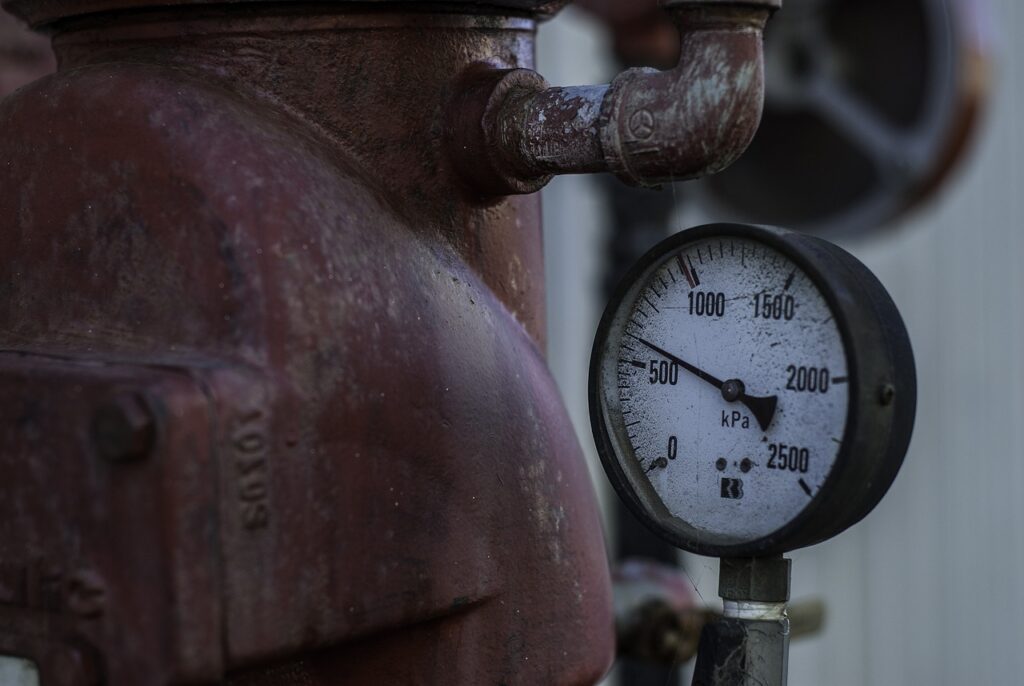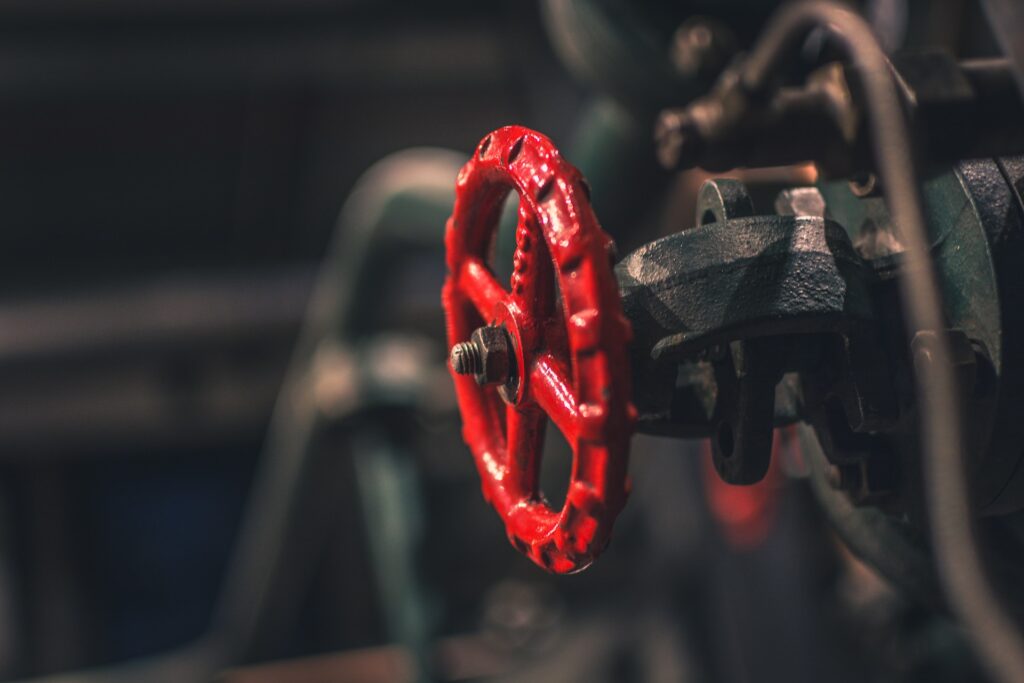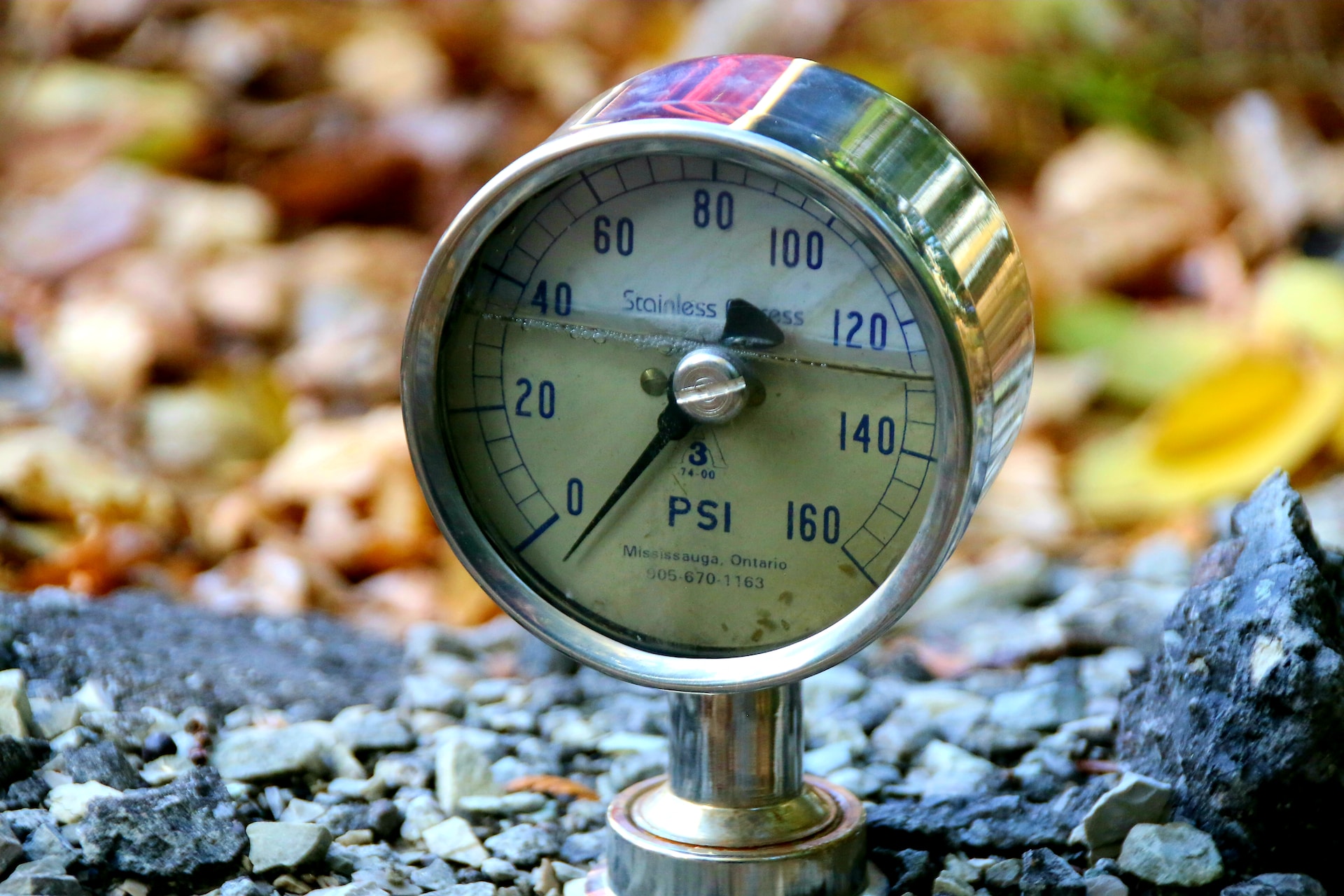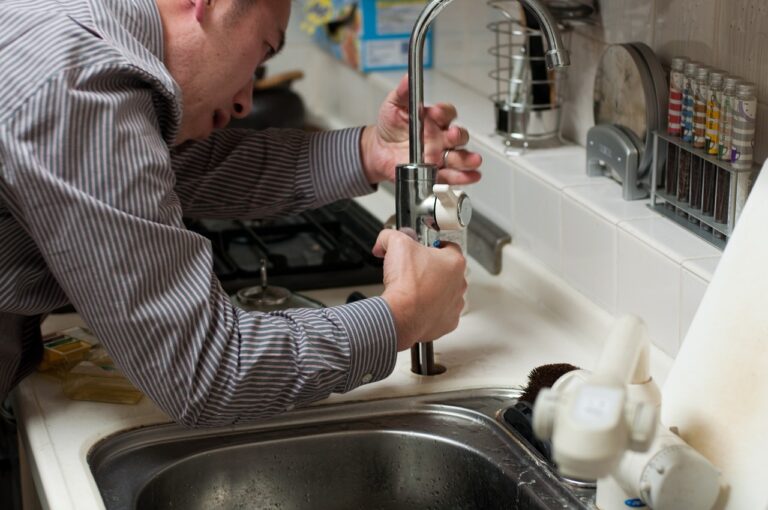Leak testing, or commonly known as pressure testing, is a crucial step in ensuring the integrity and reliability of various systems and equipment. Whether it’s pipelines, tanks, or even everyday household appliances, pressure testing plays a vital role in identifying and eliminating leaks. Here, we will delve into the world of pressure testing and explore its importance, methods, benefits, and how to perform it successfully.
Types of Leak Testing Methods
There are several methods available for leak testing, and each one is suitable for specific applications. One of the most common methods is the bubble test. In this method, a liquid solution is applied to the surface being tested, and the presence of bubbles indicates a leak.
Another method is the pressure decay test. It measures the change in pressure over time to identify leaks. Other methods include the mass spectrometry test, helium leak test, and ultrasonic leak detection. Each method has its advantages and limitations. Ultimately, the choice depends on factors such as the type of system, the desired sensitivity, and the budget.
Understanding Leak Test Pressure
Leak test pressure is a critical factor that determines the effectiveness of the testing process. The pressure applied during the test should be sufficient to detect even the smallest leaks without causing damage to the system.
Too low of a pressure may result in false negatives. This is where leaks go undetected. Meanwhile, excessive pressure may lead to over-stressing the system and causing leaks where there were none before. It is essential to understand the specifications and requirements of the system being tested. Consulting with experts is best to determine the appropriate test pressure.

Benefits of Pressure Testing
Pressure testing is an essential method for accurate leak detection, offering numerous benefits in protecting homes from potential water damage. By subjecting a plumbing system to high pressure, pressure testing enables homeowners to identify any leaks or weak points in the system. This allows for prompt repairs, preventing costly water damage and mold growth.
Furthermore, pressure testing helps ensure that plumbing installations comply with industry standards and regulations, enhancing the overall safety and reliability of the system. By detecting leaks early on, homeowners can take proactive measures to safeguard their homes and prevent extensive damage. This makes pressure testing an indispensable tool in the maintenance and protection of residential properties.
Steps to Perform a Leak Test
Performing a leak test involves several steps to ensure accurate results. The first step is to prepare the system by cleaning and drying it thoroughly to eliminate any potential sources of contamination. Next, the test method and equipment should be selected based on the specific requirements of the system being tested. Then, the test pressure should be determined, considering the system’s specifications and the desired sensitivity.
Once these preparations are complete, the test can be conducted by applying the selected method and monitoring for any pressure drops or other indicators of leaks. Finally, the results should be carefully analyzed, and appropriate actions should be taken based on the findings.

Equipment and Tools for Leak Testing
Various equipment and tools are available for leak testing, depending on the method chosen and the system being tested. These can include pressure gauges, flow meters, pressure regulators, vacuum pumps, sniffer probes, and many more. It is crucial to select the right equipment that suits the specific requirements of the test to ensure accurate and reliable results. Consulting with experts and utilizing advanced technology can greatly enhance the efficiency and effectiveness of the leak testing process.
Finding the Right Leak Testing Service Provider
With so many options available, it can be overwhelming to choose the best one. However, there are a few key factors to consider when making this decision. First, look for a provider with experience and expertise in leak detection. They should have a proven track record of accurately identifying and fixing leaks.
Additionally, consider their technology and equipment. The provider should have state-of-the-art tools that can detect even the smallest leaks. Finally, read reviews and testimonials from previous clients to get an idea of their customer satisfaction. By taking these factors into account, homeowners can find the right leak testing service provider to ensure their homes are protected from water damage.
The Bottom Line
Leak testing, or pressure testing, is a critical process that ensures the integrity, reliability, and safety of various systems and equipment. It can effectively detect and eliminate leaks, thereby preventing costly repairs and potential hazards. Whether performed in-house or outsourced to a professional service provider, pressure testing is a valuable investment that pays off in terms of safety and peace of mind.







